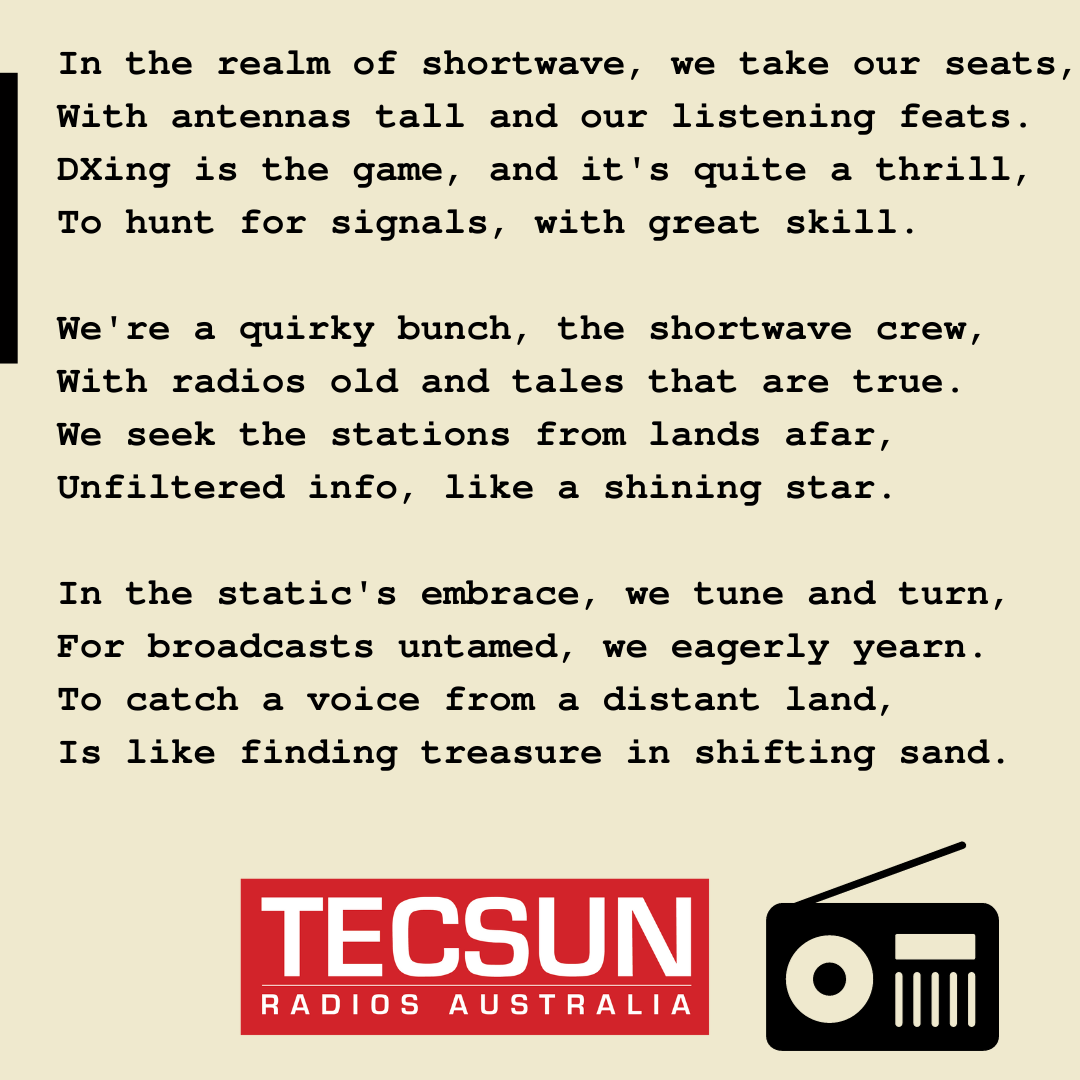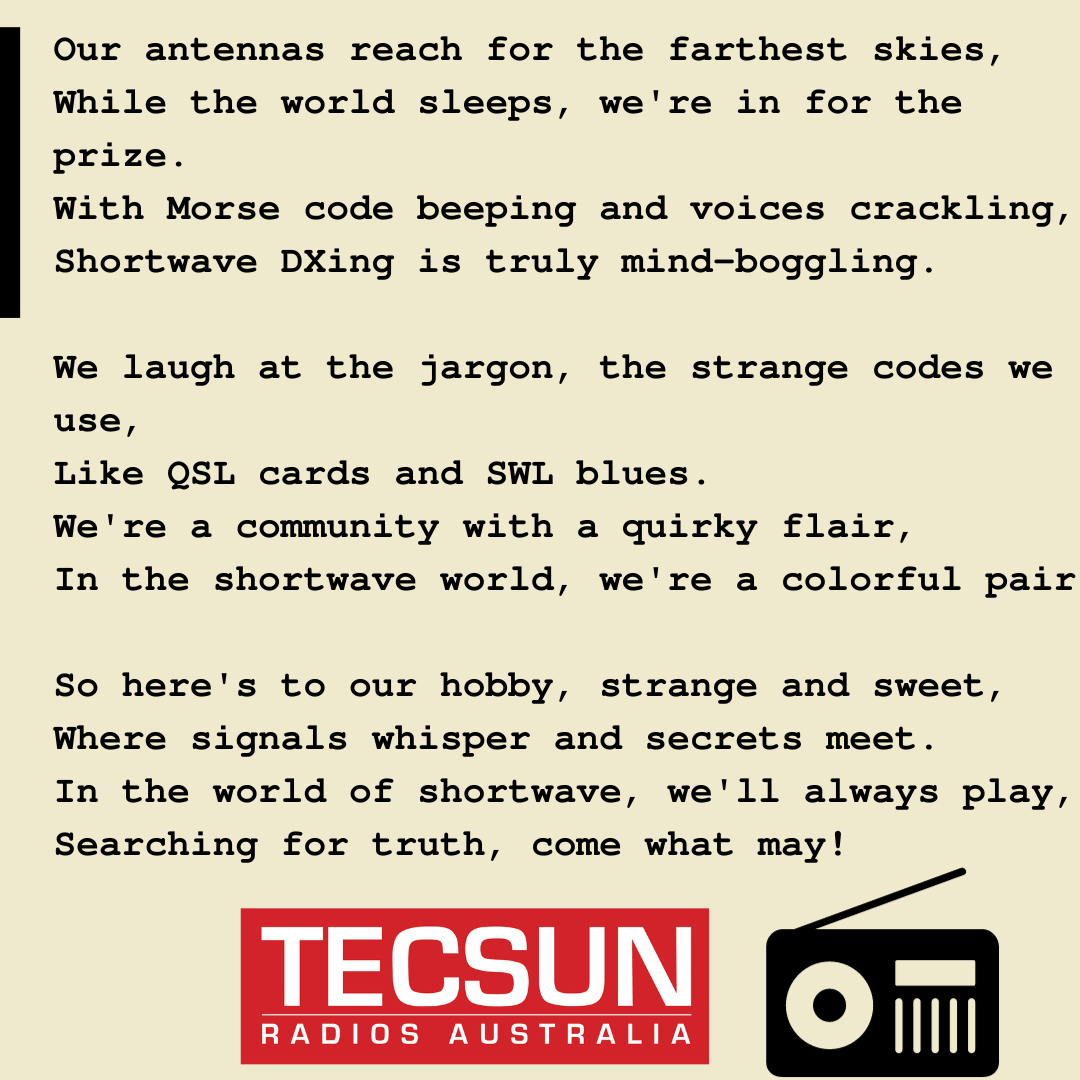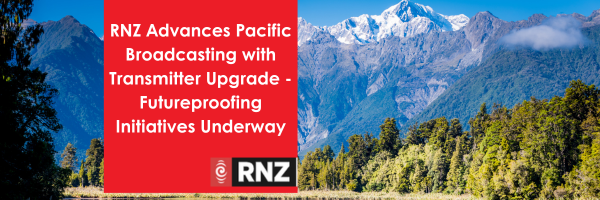
In a strategic move towards enhancing broadcasting capabilities in the Pacific region, Radio New Zealand (RNZ) has bid farewell to its long-serving 34-year-old shortwave Thompson transmitter, colloquially known as “Transmitter 1.” This transmitter, one of two facilitating analogue and digital radio broadcasts to the Pacific, has been powered down for the last time in preparation for the installation of a cutting-edge Swiss-made Ampegon shortwave transmitter at RNZ’s Rangitaiki site.
This undertaking represents a significant milestone for RNZ, which has relied on shortwave radio for the past 75 years to disseminate broadcasts across the vast Pacific. The replacement of the aging Transmitter 1 signifies a pivotal step in the futureproofing of RNZ’s service.
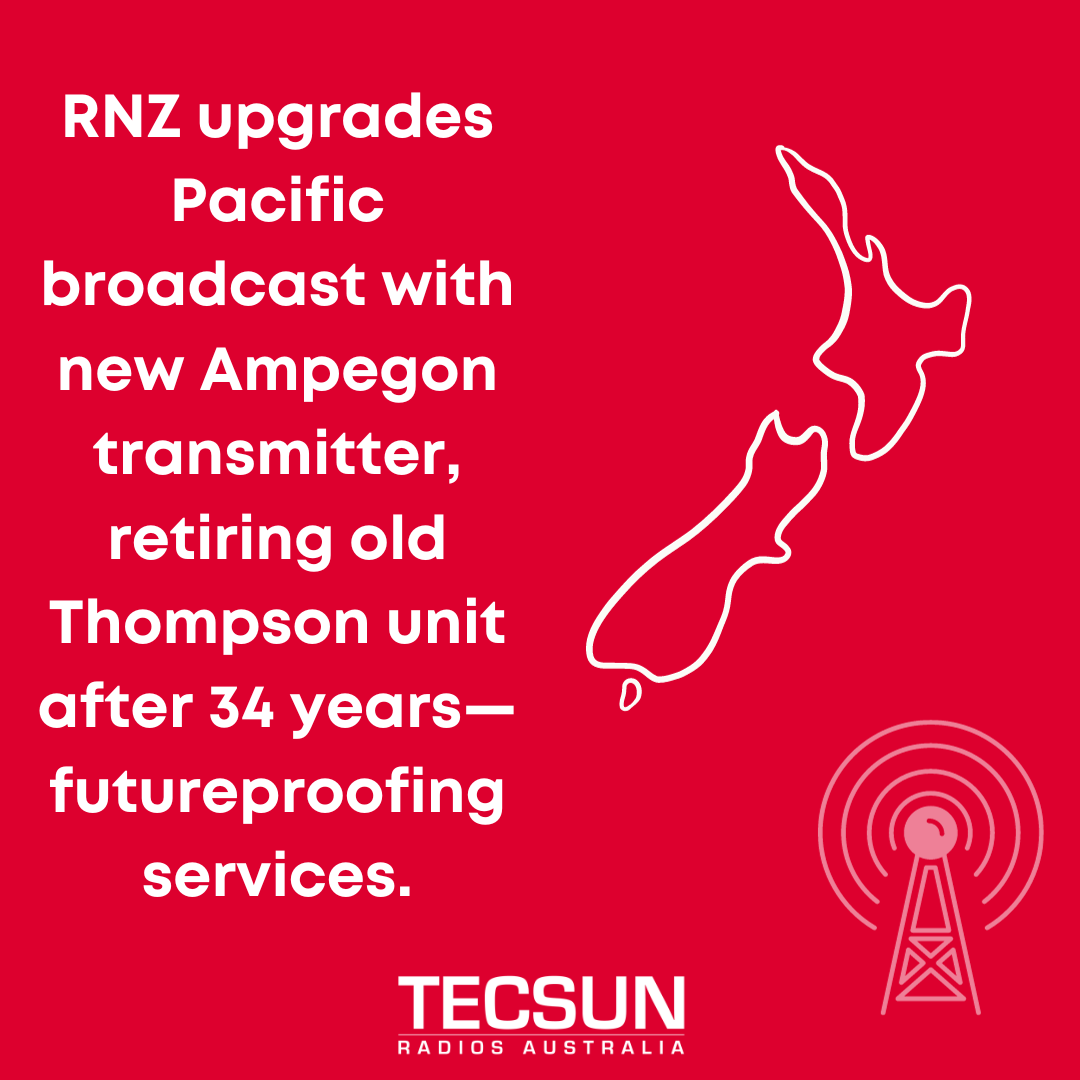
Installed just outside of Taupō in 1989, Transmitter 1, a 100-kilowatt Thompson unit, played a crucial role during the Commonwealth Games in Auckland in 1990. However, with the challenges posed by obsolete parts and the transmitter’s exclusive capability for analogue transmission, its replacement became imperative.
The forthcoming Ampegon shortwave transmitter, capable of both digital and analogue transmission, is en route to New Zealand after being meticulously crafted at Ampegon’s factory in Switzerland. Yet, before the new transmitter can be operational, Transmitter 1 must undergo decommissioning, with salvageable parts reserved for future use.
RNZ’s Transmission Engineer Specialist, Steve White, acknowledged the complexities of the switchover, highlighting the need to dismantle Transmitter 1 integrated into the existing building. White explained, “It will take around four weeks to completely dismantle Transmitter 1… We need to isolate the transmitter from the main switchboard, as well as drain the fluids that help cool the transmitter before breaking it into parts.”
The installation of the Ampegon transmitter is anticipated to commence in January, with an estimated six weeks for installation, six weeks for commissioning, and additional time for training. The operational date for the new transmitter is projected to be 1 May 2024.
Once Transmitter 1 is replaced, RNZ will boast two transmitters capable of both analogue and digital transmissions, ensuring a robust backup system in case of technical issues.
In the interim, RNZ Pacific Manager Moera Tuilaepa-Taylor assured that alternative means of accessing RNZ content would be communicated to all Pacific partners. While the analogue service experiences a reduction during the transition period, RNZ content can still be accessed via satellite, downloads, or livestreaming through the official website.
RNZ Chief Executive and Editor in Chief, Paul Thompson, emphasized the indispensable role RNZ plays in the Pacific region, providing critical information during events such as the Tonga eruption when undersea cables were severed. Recognizing its significance, the Government allocated $4.4 million in capital funding for a new transmitter for RNZ Pacific as part of Budget 2022, reaffirming its commitment to the international service provided by RNZ in both English and Pacific languages.

The recent Optus Network outage in Australia, which left over 10 million people without phone service and internet access for a prolonged nine hours, is yet another reminder of the importance of preparedness. As more Australians questioned the wisdom of relying on a single network for both home internet and mobile phone service, it’s a wake-up call for everyone to consider alternative methods of staying in touch with the outside world, like shortwave radio. In this blog, we’ll explore how this outage affected millions and how radio can be a reliable lifeline during such emergencies.
The Impact of the Optus Network Outage
The Optus Network outage had a profound impact on daily life for millions of Australians. Businesses, especially those heavily reliant on EFTPOS machines, were among the hardest hit. One hospitality business in Sydney’s inner suburbs, operating in a predominantly cashless society, saw an 80% drop in customers during the outage. For many, particularly the younger generation, who have never experienced life without a phone, it was a bewildering experience. Many of the older generation enjoyed a day off.
Preparedness is Key
Events like the Optus outage serve as a stark reminder to be prepared for any emergency event or network outage. The outage disrupted not only daily life but also critical emergency services. Some mobile phones couldn’t reach triple-0 (Australia’s emergency number), and hospitals across the country, including virtual emergency departments in remote areas, were severely impacted. Lives were at risk due to the inability to communicate with emergency services during this crisis.
Why Shortwave Radio Matters
AM, FM and Shortwave radio, a technology over a century old, demonstrated its enduring value once again during the outage.
When everything else, including the electrical grid, internet, and cell service, fails, radio stood strong. It can relay information immediately if it’s equipped with backup power, making it a reliable source of communication during emergencies.
Tips for Shortwave Radio Preparedness
- Ensure that you and your family have AM/FM/shortwave radios readily available. You never know when you might need them.
- Learn how to operate your radio. Practice tuning in and show your family and friends how to tune in to local and international stations to stay informed during an outage.
- Store your radio in an easily accessible location. In an emergency, every second counts.
- Keep your radio charged or stock up on fresh batteries to ensure it’s always ready to use.
It’s easy to take for granted in our interconnected world, but when it’s suddenly unavailable, the consequences can be dire. Shortwave radio, a time-tested technology, can be a lifeline in times of crisis, offering a reliable means of communication when all else fails. Don’t wait until you need it; be prepared, keep your shortwave radio ready, and ensure that everyone in your family knows how to use it. In a world of uncertainty, this simple yet powerful tool can make all the difference.
We have two fantastic emergency radios available in our web store at very affordable prices.
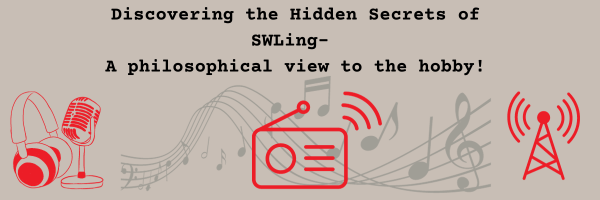
Shortwave radio listening, or SWLing, is a unique hobby that holds a special allure for enthusiasts. It’s a bit like finding hidden treasures in a vast, mysterious landscape, akin to discovering Easter eggs in video games. The enjoyment of SWLing stems from uncovering something that has always been there, waiting to be found, yet often overlooked or dismissed.
If you’re a dedicated shortwave radio enthusiast, you know that a significant part of the enjoyment comes from DXing. DXing, or long-distance listening, is the practice of tuning into distant radio stations, often from other countries or continents. It’s the equivalent of embarking on a grand adventure, where the reward is the joy of discovering elusive signals amidst the cacophony of static and interference. However, DXing is just the tip of the iceberg when it comes to maximizing your SWLing experience. Here, we explore additional tips to help you get the best out of your shortwave radio journey.
- Understand the Basics: The 25-30-20-25 Rule
To fully appreciate the magic of shortwave radio, it’s essential to grasp the fundamentals. SWLing is not just about the radio itself; it’s a synergy of factors that contribute to the overall experience. Imagine it like this: 25% of the magic lies in the radio you use, 30% is in your outdoor antenna setup, 20% depends on your knowledge of the right time and frequencies for listening, and the remaining 25% revolves around your location. For optimal results, invest in a good radio, set up an efficient antenna, master the art of timing, and seek out quiet places for listening.
- Dive into the Metaphorical World of SWLing
There’s a beautiful metaphorical world that can be associated with SWLing, allowing you to look beyond the surface and appreciate the deeper meaning of this hobby. Consider some of these associations:
Tuning into Enjoyable Frequencies: Just as in SWLing, in life, you can choose to tune into the enjoyable frequencies. Identify the things that bring you joy, fulfillment, satisfaction, and make a conscious effort to incorporate them into your daily routine.
Reducing Noise and Adjusting the Tuning: Life often presents noise in the form of irritations, annoyances, and distractions. Like adjusting the tuning on your radio, you can reduce this noise by addressing these irritations and finding ways to enhance your comfort and enjoyment.
The Tuning Is Off: Sometimes, the outcomes in life may not align with your desired goals. Just as in SWLing, where the tuning can be slightly off, in life, you may need to recalibrate your efforts and strategies to get closer to your desired outcomes.
Incorporating these metaphorical perspectives into your SWLing experience can add depth and meaning to your hobby, helping you draw parallels between the art of listening to shortwave radio and the art of living a fulfilling life.
SWLing is a journey of exploration, both in terms of uncovering hidden radio signals and discovering the subtle, metaphorical messages it holds for our lives. By understanding the 25-30-20-25 rule, investing in quality equipment, and embracing the metaphorical aspects, you can truly unlock the magic of shortwave radio and enjoy the profound rewards it offers. So, keep tuning in, and let the hidden secrets of the shortwave world continue to captivate your imagination and enrich your life.
